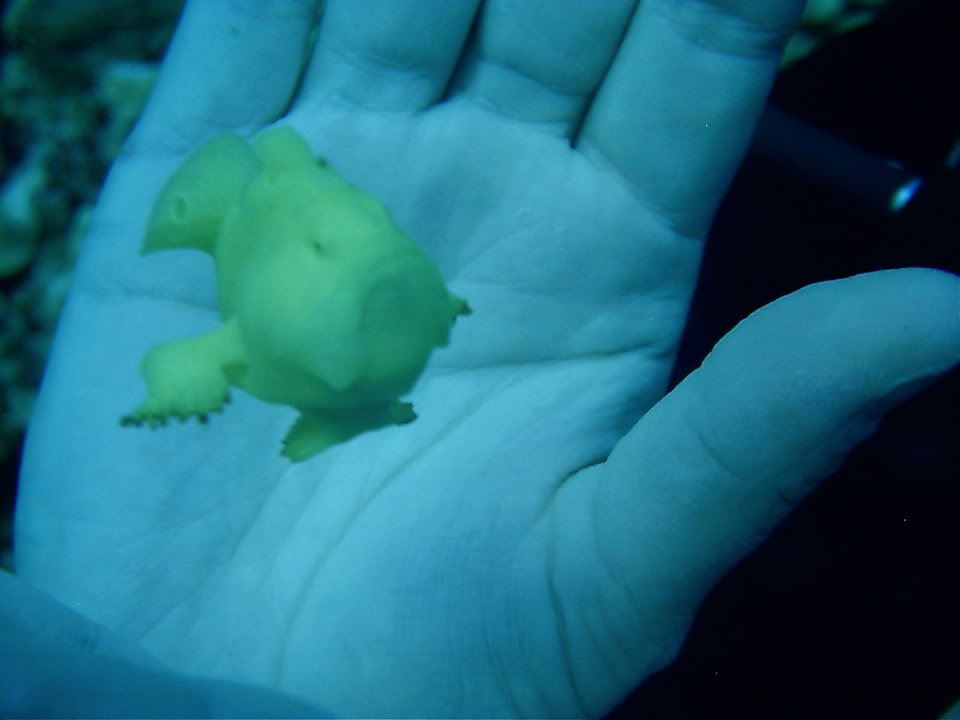dmmike:
The only coral that should be touched is that which is clearly dead, and only to prevent contact with other sections of coral, and with a single figer tip.
And in regard to the comment about hiking, yes I have an issue with people who "stray" off the path and damage plants and other things just because they cannot respect the rules.
This is only my opinion........
Personally, I love to play with the wolf eels and octos. But I won't touch corals.
First of all, fire coral is not coral, it is a hydrazoan. Everything that will sting you underwater will be a hyrda, jellyfish, or anenome. Possible urchins and some fish if the spines aren't apparent enough to you. Corals don't sting people, they have chemical defenses and acontia to have coral wars with their coral neighbors.
The reason why you don't touch corals is because the living part of the coral is a thin slick of slime and polyps. If you break the connective tissue between the polyps you can kill a section of the coral. You should not touch or bounce off corals. Nor should you touch a coral that is "clearly dead," as bleached corals will appear to be dead since they're completely whited out. Those corals are still alive and can be for up to two weeks while they wait for conditions to hopefully improve and zooxanthellae to return. Even if a coral appears dead you should not touch it. Picking up and moving rocks, if they are in an area where you know, for example, that in winter the rocks are chucked around, is not going to cause any harm. Rubble fields are pretty used to being shoved around. Rockmover wrasses, among others, move rocks around all the time.
The real concern is FEEDING animals. When animals start to recognize that people bring food they can be aggresive toward divers, and morays don't have pointy teeth just because they like having pretty smiles.
The diver damage caused to reefs is not just from people picking corals out of the water and standing on them and bouncing into them. In popular areas, seepage from septic tanks and garbage from picnicers will be causing most of the damage. Collection for personal aquariums is another damage source. Even oil slicks from suntan lotion can block sunlight and damage coral growth by shading.




